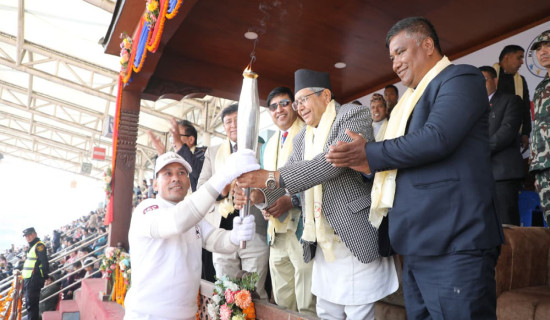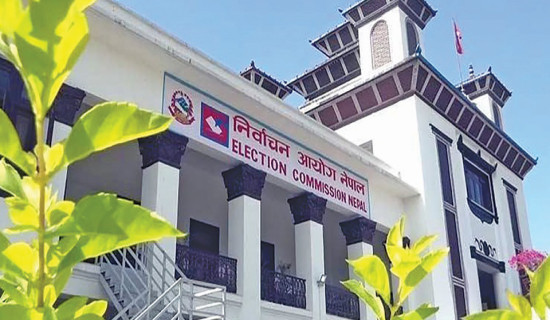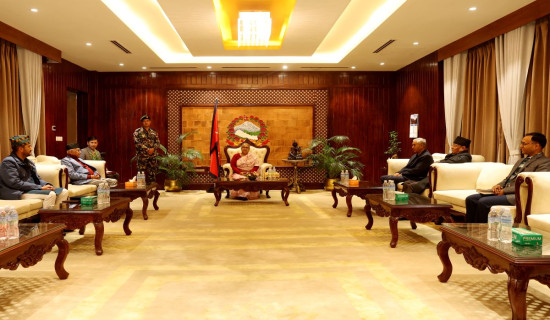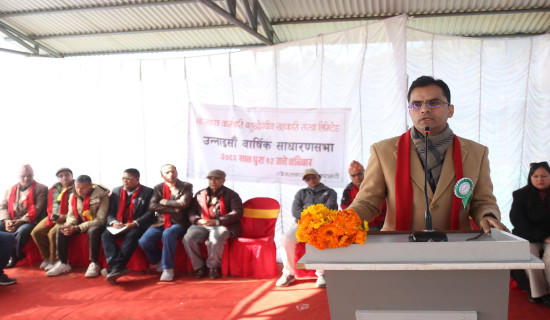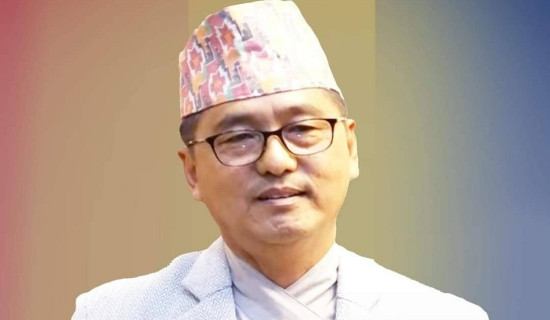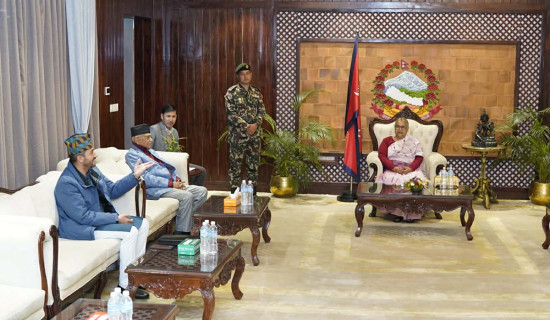- Sunday, 28 December 2025
Learning From Morocco's Earthquake
Morocco, located in North Africa between the Atlantic Ocean and the Mediterranean Sea, faced a devastating earthquake on September 10th, occurring late on a Friday night around 11:11 PM local time. According to the U.S. Geological Survey, the earthquake registered a magnitude of 6.8 and had its epicentre situated about 72 kilometres away in the province of Al-Haouz, within the Atlas Mountains to the southwest of Marrakech. Morocco is characterised by several active fault systems, including those within the Rif and Atlas Mountains. These fault lines are known to generate earthquakes, and the level of seismic risk can vary across different regions of Morocco. Importantly, akin to Nepal, Morocco is positioned along the boundary where the African and Eurasian tectonic plates converge. This tectonic interaction is responsible for generating seismic activity in the region, leading to the occurrence of earthquakes.
In Amizmiz village, close to the epicentre, rescue teams diligently combed through debris using their hands as makeshift tools. The narrow streets were obstructed by fallen masonry, creating challenging conditions. Nearby residents continued their relentless search for survivors amidst the hilly terrain, where dwellings constructed from mud brick, stone, and rudimentary wood exhibited visible cracks, and mosque minarets had crumbled due to the earthquake's impact. The historically significant old city of Marrakech has borne the brunt of extensive damage. Situated at the heart of this UNESCO World Heritage Site, Jemaa al-Fna Square witnessed the collapse of a mosque minaret. Within the densely packed old city, some houses succumbed to the quake, compelling individuals to employ their bare hands in removing debris while they awaited the arrival of heavy machinery. The catastrophe has so far claimed the lives of more than 2,000 people and wrought havoc upon numerous villages.
Frequent quakes
Morocco has a history of encountering big earthquakes in several decades, including the memorable 1960 Agadir Earthquake. Nonetheless, it's very conspicuous that the occurrence of earthquakes in terms of both frequency and magnitude tends to be less common and less intense than in certain regions of Nepal. Similar to the situation in Nepal, it is worth emphasising that building styles in Morocco exhibit considerable diversity, shaped by factors such as regional variations, climate conditions and local traditions. The region boasts numerous historic structures, predominantly constructed using masonry materials. The collapsed reinforced concrete buildings, on the other hand, were typically aged, constructed to substandard specifications, or failed to meet seismic design code requirements.
Much blame goes to Morocco's existing building code, known as R.P.S. 2000, which lacks regular updates and primarily addresses seismic regulations for steel and reinforced concrete constructions. Rural areas, constituting over 70 per cent of the country's construction, predominantly rely on earth or stone masonry, and the residents often lack the means to relocate to alternative housing options. There are several crucial insights to draw from this earthquake experience. For instance, it highlights the significance of out-dated building codes and the vulnerability of certain types of structures. Most of the heavily damaged buildings were constructed using unreinforced masonry, utilising materials such as stone and bricks. Another noteworthy aspect is the recurrence of issues reminiscent of the 2015 Gorkha earthquake.
In Nepal, a considerable number of masonry buildings are built using walls composed of either sun-dried or fired bricks, or stone with mud mortar, while the building frames typically consist of wood. These buildings are prevalent in rural areas and are characterised by flexible floors and roofs. During the Gorkha earthquake, many masonry constructions failed due to issues such as inadequate wall anchorage to the floor, shear and joint failure, and interruptions in the load-bearing path. Certainly, it goes without saying that Nepal faces an exceptionally high level of seismic activity, surpassing Morocco in terms of seismic hazard. Nepal is ranked as the 11th most earthquake-prone country globally, with Kathmandu being the city at the greatest risk. Over the years, Nepal has endured several devastating earthquakes, some exceeding a magnitude of 7.5.
While the Nepali seismic building code underwent recent revisions, it still lags far behind the cutting-edge standards implemented in the United States, Japan, and the European Union. Regarding architectural structures, although reinforced concrete buildings are prevalent, they are often plagued by subpar construction practices. Additionally, a significant number of buildings in Nepal are constructed using unreinforced masonry, leaving them susceptible to collapse even with minor seismic activity. Thus, this unreinforced masonry made of stone or bricks is deemed to sustain heavy damage in any future earthquake.
Critical juncture
In conclusion, Nepal stands at a critical juncture in its ongoing efforts to mitigate seismic risks and enhance the resilience of its built environment. To safeguard its communities and infrastructure against the ever-present threat of earthquakes, it is imperative that Nepal embraces a multi-faceted approach. This should include harnessing the wealth of knowledge from research and academia, bolstering building codes and standards, fostering rigorous enforcement mechanisms, refining design guidelines, and prioritising capacity building for local structural engineers.
Moreover, public education and awareness, facilitated through various forms of media, including digital platforms, must play a central role in fostering a culture of earthquake preparedness. By taking these proactive measures and remaining steadfast in its commitment to seismic resilience, Nepal can stride confidently into the future, ensuring the safety and well-being of its people and the longevity of its infrastructure.
(A structural engineer, Dr. Puri holds a PhD from Tokyo University and a postdoc from the University of Illinois at Urbana-Champaign, USA).









